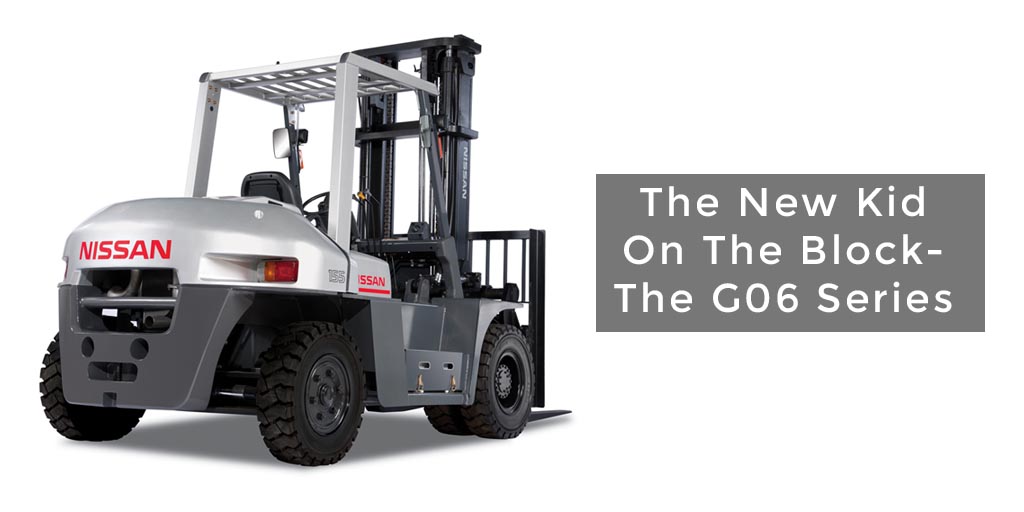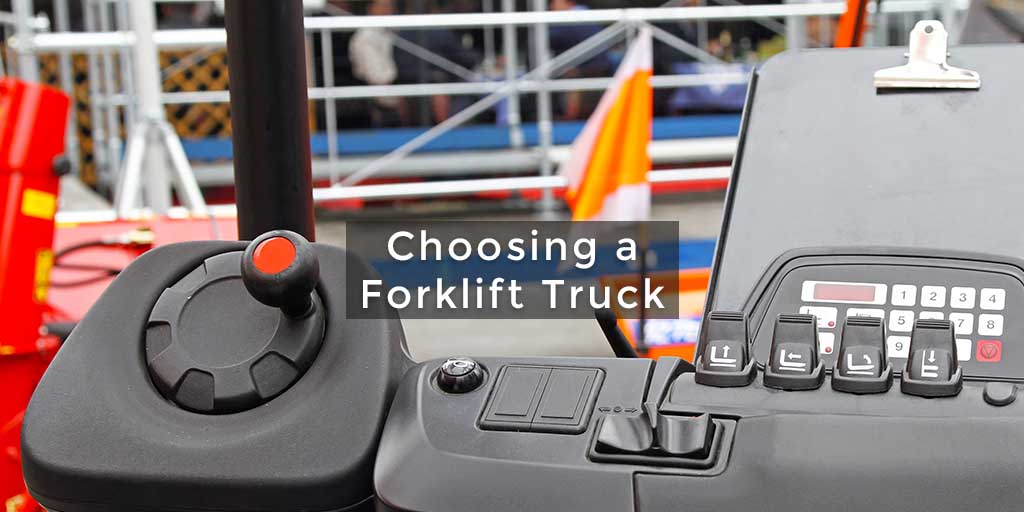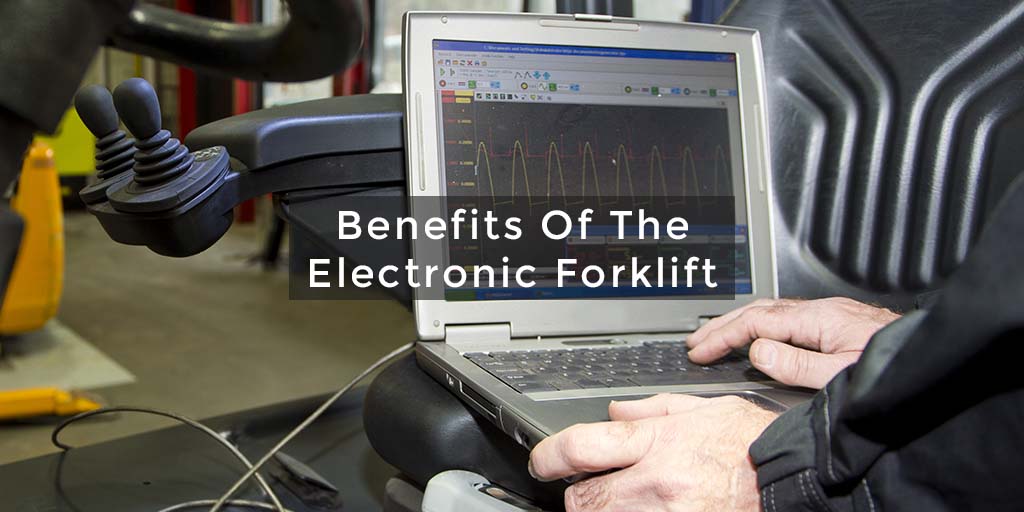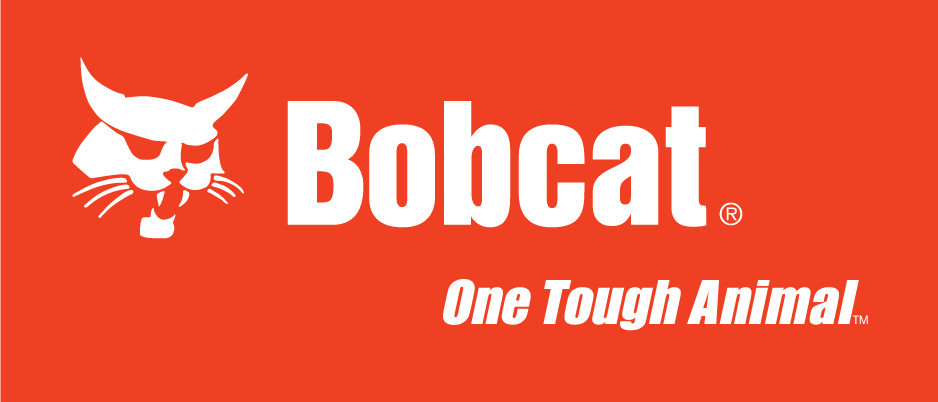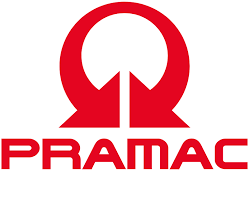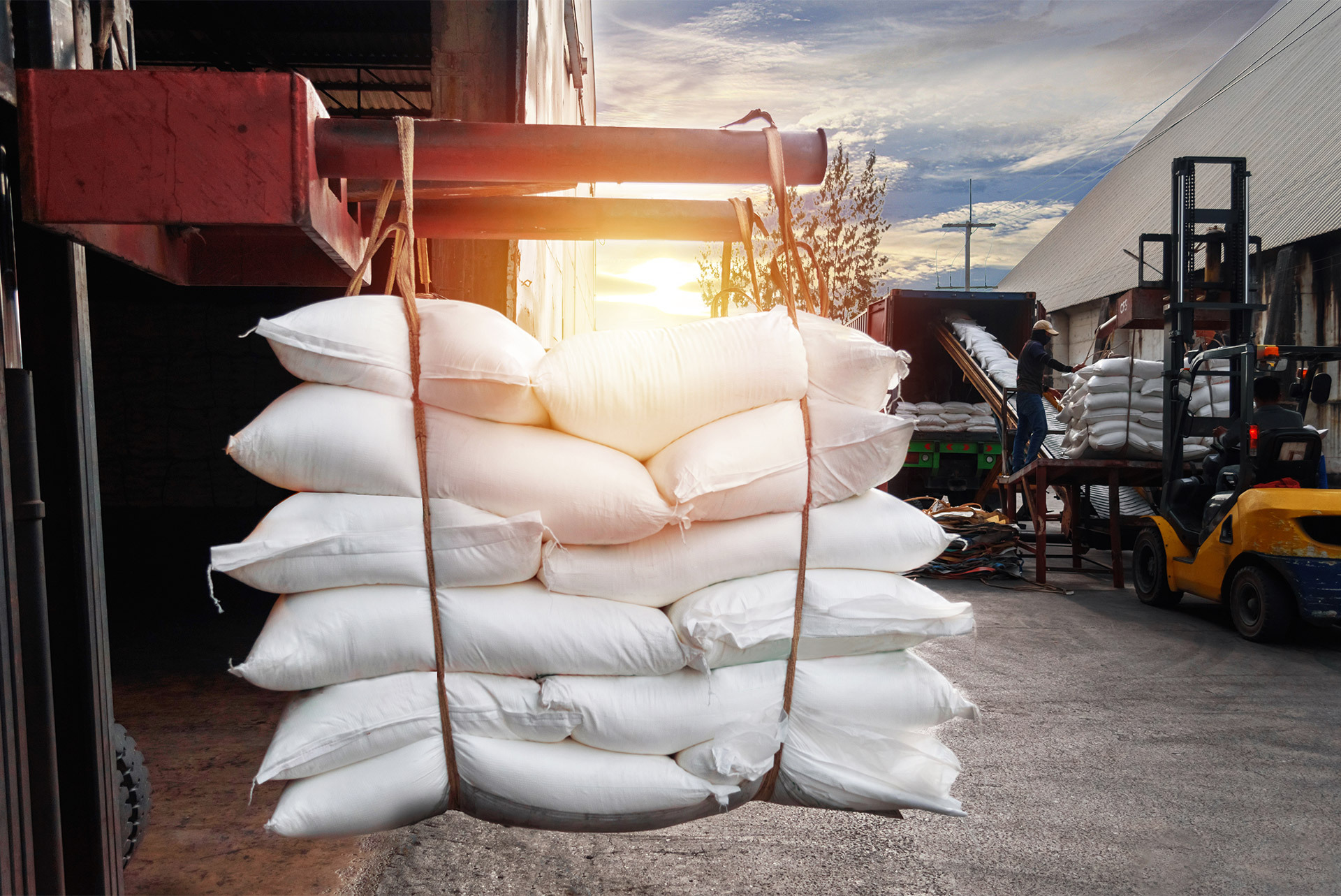
In the dynamic world of material handling, the choice between indoor and outdoor forklifts is pivotal for operational efficiency and safety. As businesses evolve and expand, understanding the strengths and limitations of different forklift types is essential.
From warehouse operations to rugged outdoor environments, each setting demands specific features and capabilities from these versatile machines. We’ve put together this guide to explore the benefits of indoor and outdoor forklifts, shedding light on how they cater to diverse industrial needs.
Benefits of Indoor Forklifts
Understanding the various types of forklift trucks is essential when considering their applications in different environments. Indoor forklifts, often electric-powered, excel in warehouses and other enclosed spaces due to their compact design and lower emissions. These forklifts are quieter and more manoeuvrable in tight spaces, making them ideal for operations that require precision and minimal disturbance.
Their suitability for smooth surfaces, coupled with their eco-friendly nature, makes them a preferred choice for companies focused on operational efficiency and sustainability within indoor settings.
Advantages of Outdoor Forklifts
Outdoor forklifts are built to handle the rigours of outdoor work environments, from construction sites to expansive storage yards. These machines normally run on diesel or petrol, offering the power needed for heavy-duty tasks. Their standout feature is the use of pneumatic tires, which deliver the necessary grip and stability on rough, uneven grounds.
With their robust construction and higher lifting capabilities, outdoor forklifts are invaluable for businesses requiring resilient performance in various outdoor conditions. Their capability to endure diverse weather elements further highlights their importance in outdoor material handling.
Comparing Indoor and Outdoor Forklifts
When comparing indoor and outdoor forklifts, the key lies in understanding their respective environments and operational requirements. Indoor forklifts are typically designed for precision and efficiency in confined spaces such as warehouses. Their smaller size and tighter turning radius allow for easy navigation in narrow aisles, making them perfect for stacking and pallet handling in limited spaces.
Outdoor forklifts, on the other hand, are built for strength and durability, suited to handle rough and uneven outdoor terrains. Their larger size, higher ground clearance, and pneumatic tires enable them to operate effectively on rugged surfaces. They are equipped to handle various weather conditions, ensuring reliability, even in more demanding environments.
Maintenance and Lifespan Considerations
Selecting the right forklift is just the beginning; understanding the maintenance and lifespan of indoor vs outdoor forklifts is crucial for maximising your investment. Indoor forklifts generally require less intensive maintenance. Their controlled use indoors can also contribute to a longer lifespan.
Conversely, outdoor forklifts that face harsher conditions may need more frequent servicing and robust maintenance to ensure optimal performance and longevity. This understanding is essential for effective long-term planning and ensuring cost-efficiency in your forklift operations.
Choosing between indoor and outdoor forklifts is a significant decision that hinges on your specific operational needs. If you’re unsure of what step to take, don’t hesitate to get in touch. Our team is dedicated to helping you find the right forklift for your requirements.


